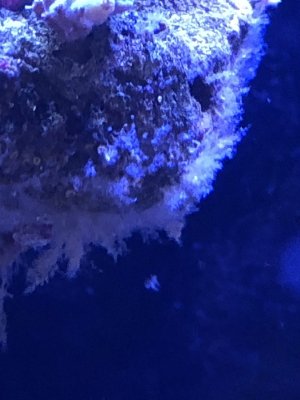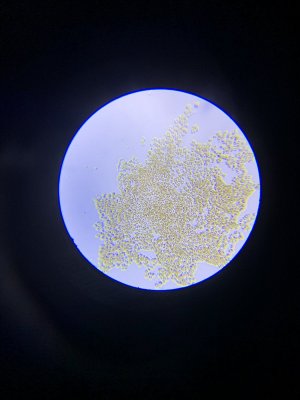- Joined
- May 22, 2016
- Messages
- 6,563
- Reaction score
- 10,138
No. I would put sand vacuuming in the category of things that are on the whole good, but may briefly make things look a little worse before they get better.Earlier post when you mentioned disturbing a lot of the sand will release good stuff and will see the dinos make a larrge reappearance? Is it best NOT to disturb the sand?
It's just better to expect that beforehand, than be surprised.



















